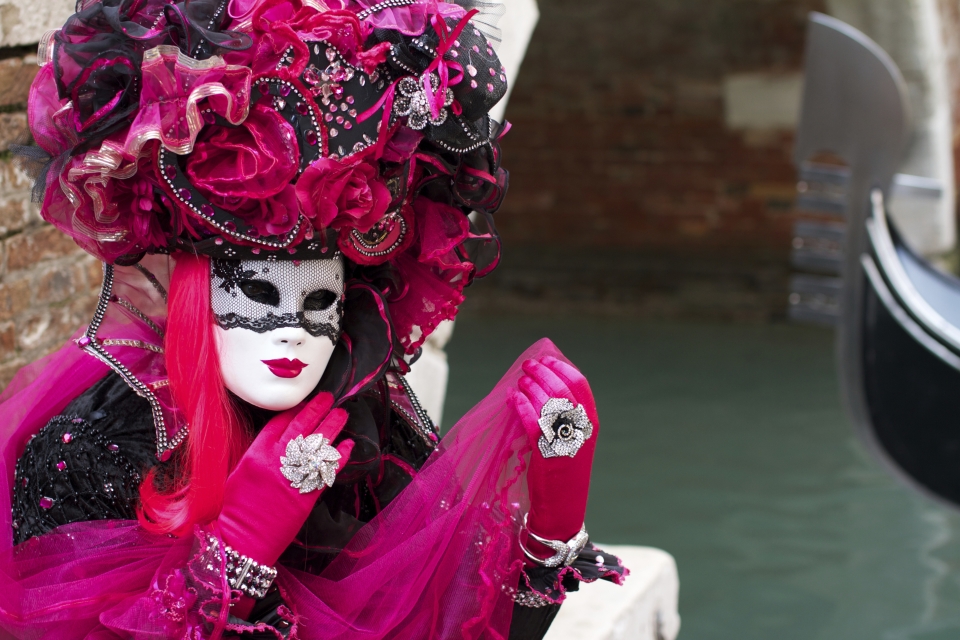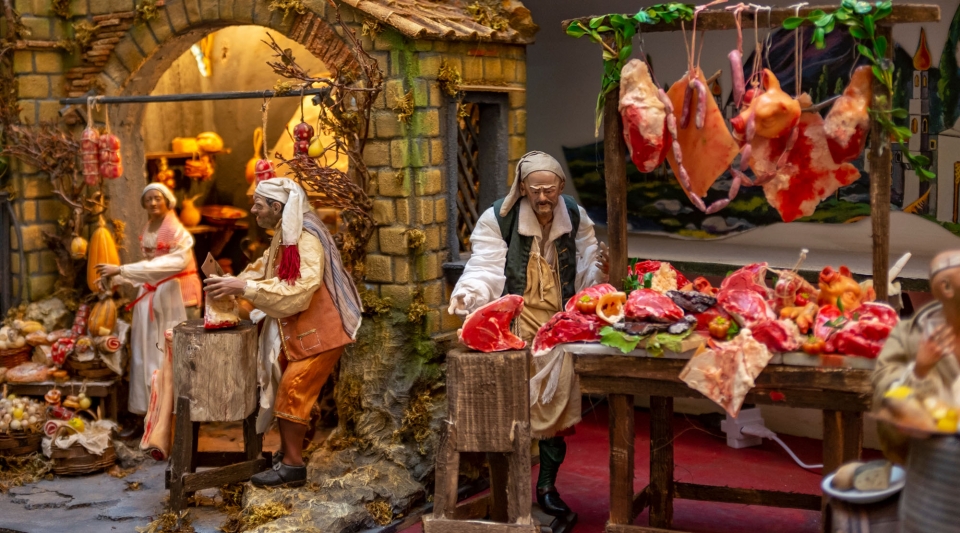
The Art of Map-Making
Tourists heading to Rome can’t leave without visiting one of most impressive artistic, cultural and religious sites in the world: the Vatican. While anticipating the grandeur of St. Peter’s Basilica and the Sistine Chapel, don’t overlook the other treasures that pack the halls of the Holy See’s Museums. From pagan Roman statues to contemporary Christian art, the Vatican is brimming with a selection of paintings, sculpture, tapestries, furniture and frescos that reflect the artistic and cultural heritage of the Western world.
While visiting the Vatican Museums, sightseers amble through many breathtaking halls before ascending into the famed Sistine Chapel. One of the most opulent and impressive corridors is undoubtedly the Gallery of Maps, which extends for 120 meters and houses the largest cycle of geographical paintings ever created. The sixteenth century pope, Gregory XIII, commissioned these forty geographical frescoes that depict Italy and Italian provinces. Their sheer size (the frescos nearly stretch from the ceiling to floor) impresses, as their incredible detail draws viewers in. Snow capped mountains, whimsical boats, fabulous sea creatures and even the mythological god of the sea, Neptune, are snuck into these elaborate maps, like an olden-day Where’s Waldo.
Gallery
The maps were based drawings by the Dominican monk and illustrious geographer and cartographer, Ignazio Danti. A large workshop frescoed these full-size illustrations throughout the long corridor a relatively short time (1580-1581). Although the paintings look well kept and colorful, they had to undergo several restorations starting from the 1600s.
Visitors entering the gallery will observe that the first maps portray contemporary and ancient Italy. Although the maps’ scaling may be a bit off, consider the accuracy for the 1500s! At the time, Italy was a hub for navigation and cartography as one can tell by the detail. Strolling down the hall, the maps then depict the Italian provinces, major islands and Avignon. Avignon once reigned as the papal seat from 1309-1377, when seven successive popes ruled from this southern French town instead of in Rome. At the end of the gallery, hang paintings of several Italian islands and of Italy’s four main ports: Civitavecchia, Ancona, Genoa and Venice. The paintings are further arranged based on their location in the Italian peninsula. Cities and lands to the west of the Apennine mountain range are on the west side of the gallery, while those to the east towards the Adriatic Sea are on the east wall.
What makes the room truly elegant and sets the scene, are the seventeen sumptuous paintings framed in elegant stucco and Latin inscriptions that line the corridor’s vaulted ceiling. These colorful works show scenes from the history of Rome and the early Papacy. Admire the baptism of Constantine, the battle of the Milvian Bridge or the meeting of Emperor Barbarossa with Pope Alexander III. Curiously, among historical religious scenes are also images of mythology. The Papacy’s tendency to intertwine the Pagan world with the Christian was a mode for the Pope to express his secular and spiritual supremacy.
So, next time you’re touring the Vatican, be sure to pause and closely examine these precious maps. Whether you’d like to scrutinize the scientific cartography skills of the 1500s, admire the artistic techniques, reflect on the religious ceiling scenes, or play the ultimate game of I-Spy, the Gallery of Maps is one of the Vatican’s countless gems that will leave visitors in awe.







